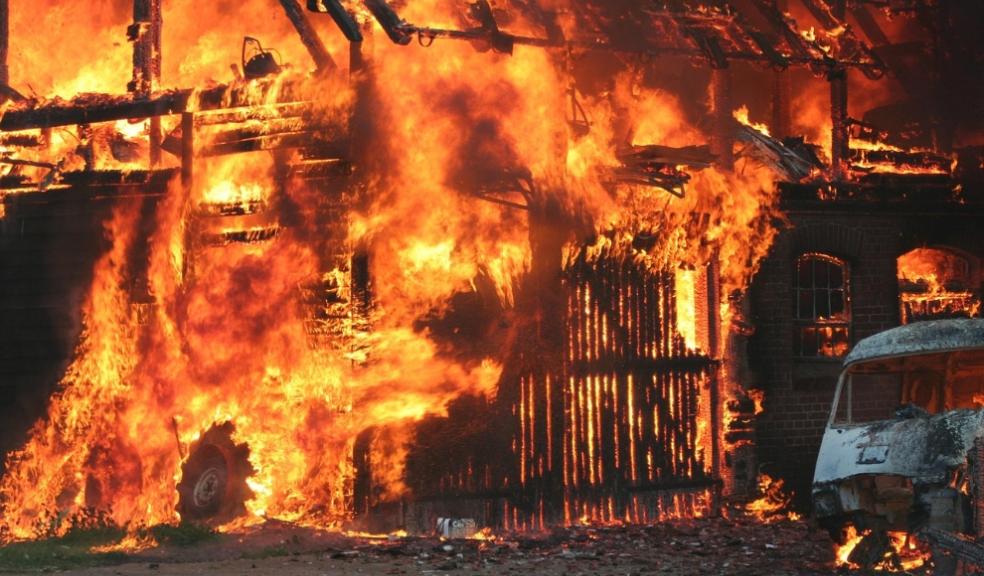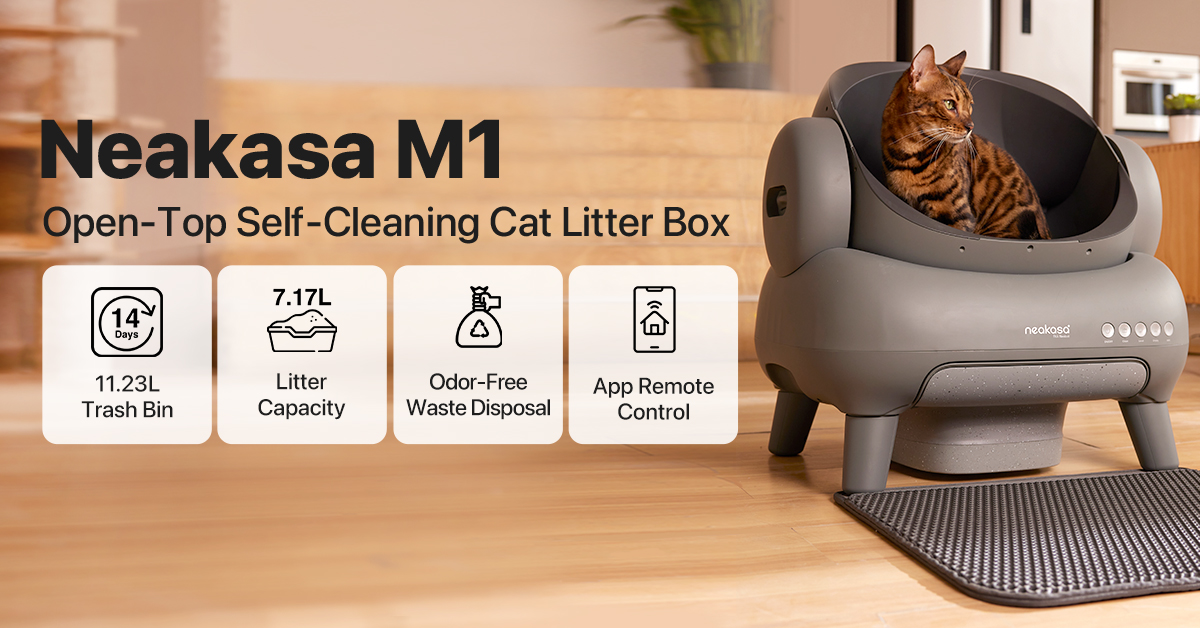
UK house fires endanger pets every 15 minutes; an expert offers essential prevention tips.
UK research from Morgan Clark Legal reveals nearly 93 house fires happen daily — that's one every 15 minutes. These fires often pose a threat to both people and animals.
Pet Fire Safety Day (15 July), UK pet marketing agency Bubblegum Search has partnered with Dr. Berkcan Yanar, a licensed veterinarian and reviewer at PawsRank, to highlight unexpected risks and practical tips every UK pet owner should know to help protect their animals in the event of a house fire.
Dr Berkcan Yanar, licensed vet and PawsRank reviewer, highlights a major risk: pets left loose at home with no rescue plan.
"Loose pets can hide or panic during fires, making rescue very difficult. Crating or confining pets near an exit gives firefighters a better chance to find and save them quickly."
If your pet is usually crated, place the crate or a familiar carrier near the front door to improve the chances of a quick rescue. Cats can be challenging to catch in emergencies, so keep a carrier readily accessible and allow them to become accustomed to it in advance.
Whether crated or confined to a safe room near the front door—ideally one with minimal obstacles—this setup helps firefighters retrieve your pet more easily. Also, keep spare leads or harnesses by the door for quick access.
It's also important to remember that pets themselves can inadvertently start fires — I have seen firsthand cases where dogs have switched on hobs, cats have knocked over candles, and small animals have chewed electric cords.
"Hobs are a leading cause of pet-related fires," Dr Yanar warns. "Using hob covers or removing knobs before leaving can prevent accidents. Space heaters and damaged wiring also pose risks, especially for smaller pets like puppies, rabbits, and ferrets."
Preparing for emergencies: expert tips
Place visible, weatherproof "Pet Inside" stickers listing the number and types of pets on front doors or windows. Firefighters rely on these to prioritise rescues.
Keep crates or carriers near main exits; train pets to enter crates or come when called — even under stress.
Install monitored smoke alarms that alert emergency services instantly, even if you're away. Battery-only alarms rely on nearby ears.
Microchip pets and keep collars with up-to-date ID tags, which increases the chances of reunion after an escape.
Nominate a trusted neighbour or friend as your emergency pet contact, providing them with a key and clear care instructions, including details on pet food, hiding spots, and any medical needs.
- You can also notify your own local fire service community safety team if you have vulnerable pets or animals with special needs; they can log a record in their emergency response system about that.







